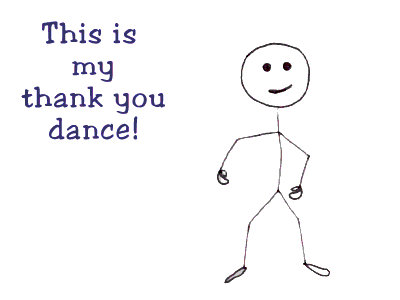Some of the female characters in medieval literature spend their time easing tensions, creating bonds, and smoothing out rough edges; others insert wedges, deceive artfully, or ruffle feathers. Whether mischief-makers or peace-weavers, the female characters discussed played active and integral roles in their stories, suggesting a level of engagement and control often denied them. Contemporary, popular opinion seems to perceive medieval women as oppressed, passive damsels in distress who languish helplessly behind castle walls while big, brawny men run about conquering, rescuing, and pillaging. According to Scott Farrell, this perception is in part due to 19th century authors and painters who “melded the stories and images of King Arthur and the Knights of the Round Table with a Victorian sense of gallantry, which delineated a passive role for women.” Despite the contrary portrayal in medieval texts, this image of medieval women as inactive persists.
Farrell argues that “this role would have been quite alien to the audiences of the Middle Ages, for whom tales of Arthur and Guenevere were not wistful reminiscences, but evocative and timely social commentaries.” Even Sir Gawain’s strange, seemingly out-of-place rant about women suggests that women were influencers and initiators:
But no wonder if a fool finds his way into follyIn his angry diatribe, Sir Gawain provides a substantive list of influential women who “charmed and changed” (2425) the - rather powerful - men in their lives. If literary representations of women are a reflection of the female role in society, then one must wonder why the passive female paradigm persists despite textual evidence to the contrary.
And be wiped of his wits by womanly guile –
It’s the way of the world. Adam fell because of a woman,
And Solomon because of several, and as for Samson,
Delilah was his downfall, and afterwards David
Was bamboozled by Bathsheba and bore the grief. (2414-2419)
One truth stands out, the female characters were carefully placed within the texts as active agents. Women such as Wealhtheow, Lanval’s Faerie Queen, Lady Bertilak, Morgan Le Fay, and Grendel’s mother are not mere ornamentation. Their influence rivals that of the male characters.Through their marriages, their words, and their actions, these influential women have substantial effects on the world around them for good or ill, for peace-weaving or mischief-making.
Thanks for reading!

For more information, I highly recommend the following sources:
Acker, Paul. “Horror and the Maternal in “Beowulf”. PMLA 21.3 (2006): 702-716. Web. 5 June 2015.
Armstrong, Dorsey. “Supernatural Women.” Women and Gender in Medieval Europe: An Encyclopedia. Ed. Margaret Schaus. Routledge, 2006. Web. 19 June 2015.
Dockray-Miller, Mary. “The Masculine Queen of Beowulf.” Woman and Language 21.2 (1998): 31-38. Web. 1 June 2015.
Horner, Sheri. “Voices from the Margins: Women and Textual Enclosure in Beowulf.” The Discourse of Enclosure: Representing Women in Old English Literature. SUNY Press, 2014. 65-100. Web. 22 June 2015.
Jones, Samantha. “The Loathly Lady and the Margins of the Middle Ages.” University of Cincinnati, 2001. Web. 20 June 2015.
Kliman, Bernice W. “Women in Early English Literature, “Beowulf” to the “Ancrene Weiss”. Nottingham Medieval Studies (1 Jan. 1977): 32-49. Web. 29 May 2015.
Morgan, Gerald. “Medieval Misogyny and Gawain’s Outburst Against Women in Sir Gawain and the Green Knight.” The Modern Language Review, 97.2 (April 2002): 265-278. Web. 28 May 2015.
Oswald, Dana. “Unnatural Monsters, Invisible Mothers: Monstrous Female Bodies in the Wonders of the East.” Different Visions: A Journal of New Perspectives on Medieval Art 2 (June 2010): 1-33. Web. 5 June 2015.

So basically Medieval women rock. :) Love the happy dance at the end.
ReplyDeleteWOW! I enjoyed the whole series, I did! I will do a happy dance to thank YOU.
ReplyDelete